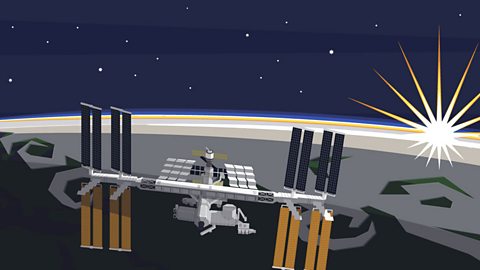Watch: What are the gas planets?
Explore the solar system's gas planets and learn about their properties.
Narrator: Further from the Sun, in the outer reaches of the solar system, we find the gas planets.
Much larger than the rocky planets, these cosmic giants are accompanied by numerous moons.
Jupiter, famous for its red spot, is the largest, followed by Saturn with its rings made of ice, rock and dust.
Uranus and Neptune come next.
Whilst unmanned spacecraft have approached the gas planets, actual landings are not possible because of the lack of solid surfaces.
What? WhatÔÇÖs this?
Stella: DonÔÇÖt land on them now,
TheyÔÇÖre not very stable,
TheyÔÇÖre gaseous balls,
DonÔÇÖt land on them now,
TheyÔÇÖre hydrogen and helium,
TheyÔÇÖve no surface at all,
TheyÔÇÖre not very stable,
TheyÔÇÖre not like a table,
In fact theyÔÇÖve got no surface at all!
No surface at all!
Four gas planets
- Jupiter - The closest to the Sun of the gas planets and a massive 11 times bigger than the Earth.
- Saturn - The second closest and 9 times bigger than the Earth. Saturn has 82 moons!
- Uranus - 2.9 billion km from the Sun and 4 times bigger than the Earth.
- Neptune - 4.5 billion km from the Sun and also 4 times bigger than the Earth.
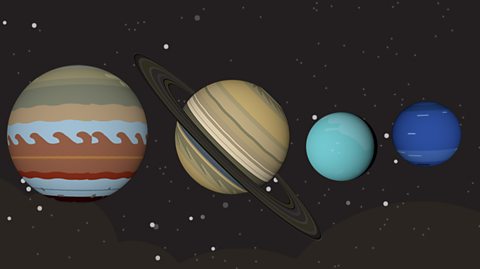
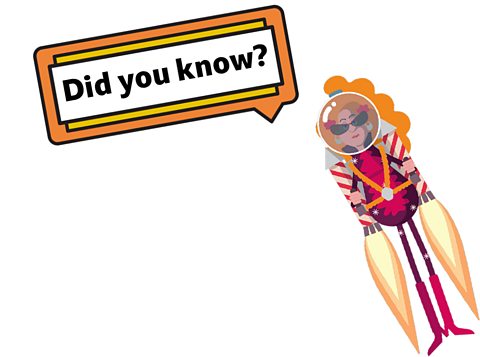
Neptune has the longest orbit of the Sun. It takes 1,979 Earth months!
Saturn's largest moon is called Titan.
The surface of these planets is made of two gases: hydrogen and helium.

Activity 1: Find the gas planets
Activity 2: Gas planets quiz
Activity 3: Could humans survive on a gas planet?
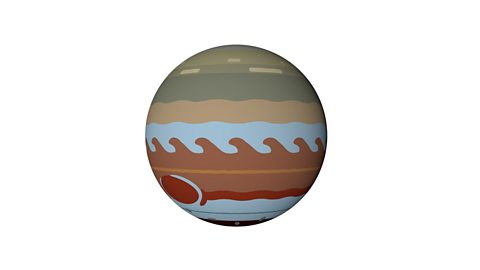
Research one of the gas planets and create a fact file or poster about your chosen planet. Can you make any comparisons with Earth?
Could humans live on a gas planet and survive?
Try to write down five different reasons and explain why.

Bitesize Primary games. gameBitesize Primary games
Play fun and educational primary games in science, maths, English, history, geography, art, computing and modern languages.

More on Earth and space
Find out more by working through a topic
- count7 of 14
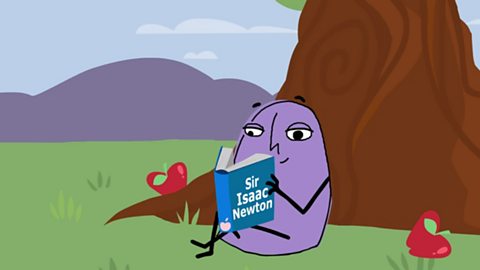
- count8 of 14
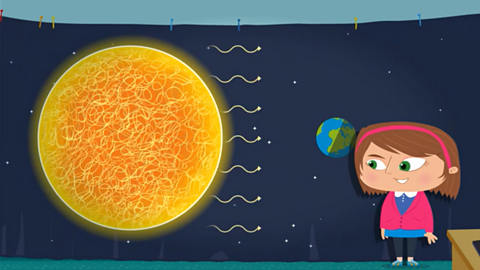
- count9 of 14
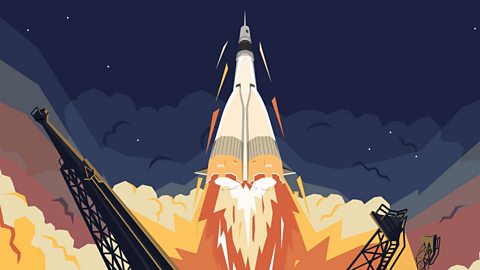
- count10 of 14
